Fertilize a Carob Tree: How, When and How Much? – Sow100
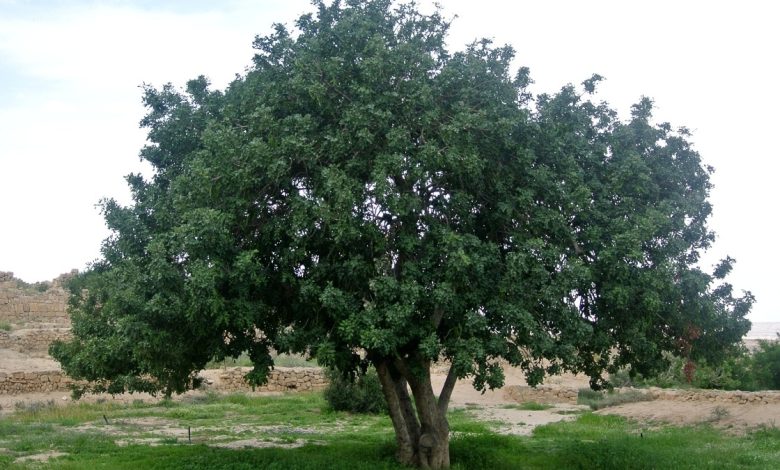
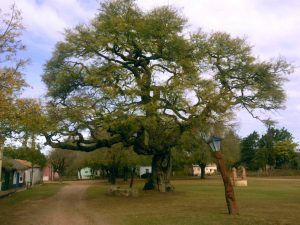 When you are looking to plant a legume plant with very good characteristics, the carob tree should be among your favorite options.
When you are looking to plant a legume plant with very good characteristics, the carob tree should be among your favorite options.
This species is not very demanding when it comes to soil, since it accepts almost any type as long as it does not get waterlogged.
Before sowing it is a good idea to apply a fertilizer that helps the plant to develop effectively.
And then, as it grows and produces, maintain care around this matter. How? Next we will tell you.
Why is it important to fertilize carob trees?
Fertilizing carob trees has a direct and definitive influence on the tree ‘s ability to produce a quantity of carob trees and for them to be of good quality.
Although in some cases this is considered a non-critical task for your health, comparisons in crops have assumed that it is better to maintain an appropriate fertilization program.
The most beneficial proposal is based on a conscientious subscriber before planting and plan one every three years from there. As the carob tree requires very loose soil, autumnal plows are usually carried out to keep it healthy and it is just at that time that fertilizing is a great plan.
It is important to note that the carob tree has a very practical benefit for home gardens and that is that it helps to fix nitrogen to the soil. So the rest of your crops will also be positively influenced at a nutritional level.
How often should we pay the carob trees?
The proposal for fertilizing carob trees proposes a three-year rate from the moment planting begins.This, of course, by ensuring that the soil receives a sufficient amount of nutrients before the first seedlings are established.
What nutrients do carob trees need?
In the first instance, carob trees are especially demanding with the level of phosphorus, since this nutrient helps the formation of healthy roots. This requirement will be maintained if the level of phosphorus available in the soil is low because it is a species that continues to require it in the future.
Nutrients need to be supplemented with the correct amounts of nitrogen and potassium to balance the macronutrients. The good news is that it is not necessary to pay much attention to calcium deficits because they do not cause a greater impact at the productive level.
What kind of fertilizers do carob trees need?
Carob fertilizers can be worked with organic matter of any kind, as a wide variety of them do well. It is important, however, to ensure that it is well fermented so that the plant is able to absorb the greatest amount of nutrients without complications.
So you can take advantage of guano, manure, homemade compost and even earthworm humus to carry out this task.
How do we prepare fertilizer for carob trees?
Carob trees can be worked with almost any method of organic fertilizers. However, the fermented type are the most recommended.
There is the option of preparing Bocashi-type fermented organic fertilizer, which is very advantageous and you can carry it out at home with little effort. The steps to carry out this plan are as follows:
- Prepare a space in which you will have to open a hole with sufficient dimensions for the fertilizer you hope to get.
- Incorporate organic matter such as fresh manure that will be the base for the preparation of the fertilizer.
- Cover the space with the soil you removed earlier to open the hole. It is important to ensure that all parts are well covered.
- Maintain the temperature of the environment constantly at about 50º C, ensuring that it does not exceed this level either to prevent microorganisms from being able to carry out their functions.
- Avoid humidity in the environment. It is very important not to water, since it is the lack of hydration that will deactivate the normal microbiological agents that exist in the manure.
- Wait approximately 30 days for the organic matter to decompose and ferment correctly before opening the hole to remove it.
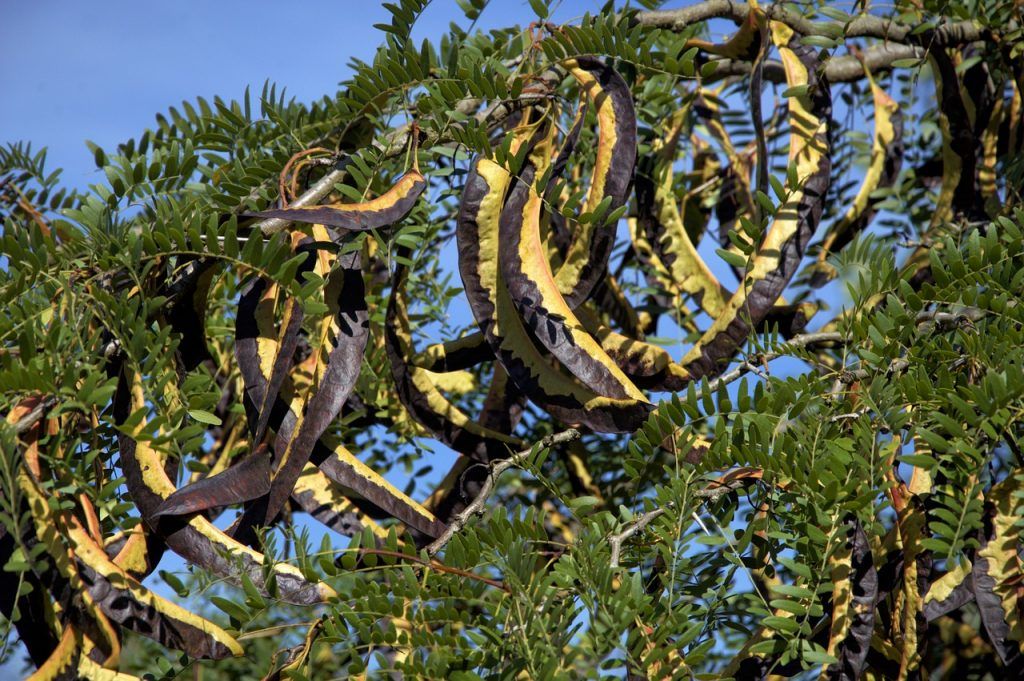
This system works similar to home compost, since it takes advantage of the work of microorganisms to decompose organic matter.The idea is to keep the environment warm and free of humidity so that aerobic movement is generated and the fermentation of the material takes place.
As it will be filled with microorganisms that are good for fertility, the soil in which it is added will take root, exponentially improving its productive capacity. And so, the carob tree will not only grow at first, but will remain vigorous and with excellent production throughout its useful life.
How do we detect if the carob trees need fertilizer?
Some nutrient deficiencies can be easily spotted by paying attention to the behavior of the plant. If any of them are detected, it will be necessary to act accordingly by applying a subscription that meets the requirements, even if it is not within the 3-year period explained above.
The main problems related to this topic are:
- Chlorosis due to magnesium deficiency: it usually manifests itself in the leaves, attacking the oldest ones first. It is a chlorosis that appears when the plant is about to start flowering.
- Floral abortions: when the flowers do not complete their cycle for fruit set, it is possible that it is due to a boron deficiency.
- Loss of vigor: when the level of nitrogen in the soil is deficient, the impact on the crop will be easily seen, since it is essential for it to carry out all the internal processes.
Fertilizing the carob tree is not a task that will take up excessive time, but it should be established within your care schedule. Only in this way will you achieve a percentage of production that is appropriate to your objectives and that is also of excellent quality.
In the end, a subscription every three years is almost a gift for growers. The problem is that sometimes it is usually forgotten because it is not planned.
And if we take into account that you practically do not have to invest money and that the frequency is quite widespread, the benefits of having this species in the orchard in terms of fertilization are very numerous.
Bibliographic references
- The carob tree, JT Martí, IB Caravaca – 1990 – library.org.ar
- The carob tree, SOS, ACPBI of Cheste – Journal of Regional Studies, 2005 – raco.cat
- Carob Tree Cultivation, J Malagón – 2020 – redivia.gva.es
- Evaluation of culture media for the micropropagation of tropical carob (Prosopis pallida) HBK Quito, Pichincha, E Flor Caravia – 2013 – dspace.uce.edu.ec
- Strategic planning Del Algarrobo, CBA Quintana, AET Rojas, WMV Timaná… – 2016 – search.proquest.com
Maybe you are also interested in:

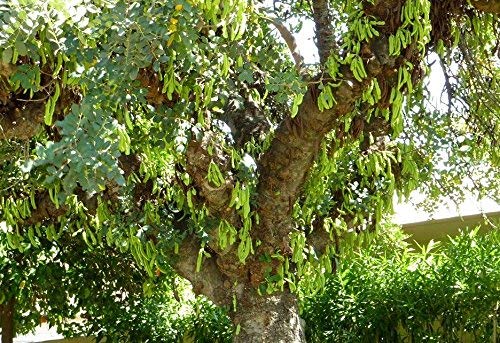
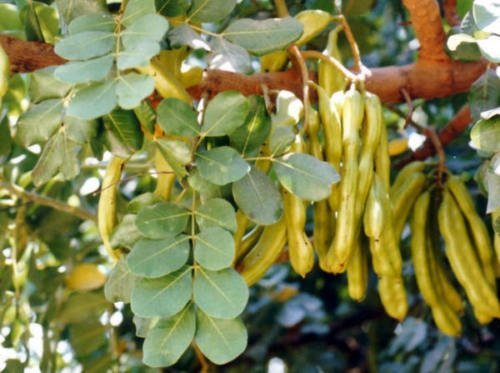
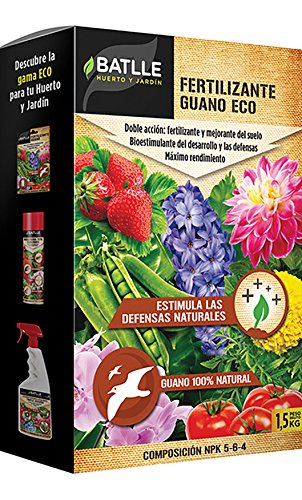
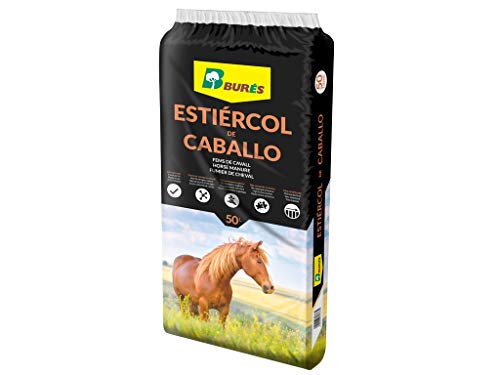
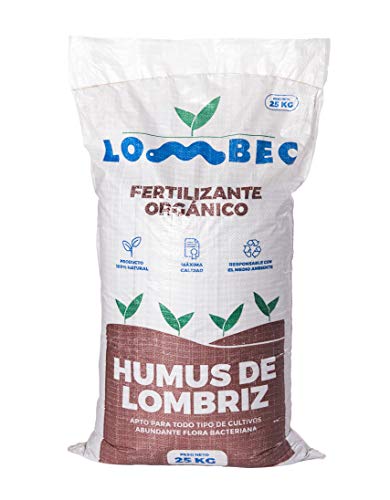
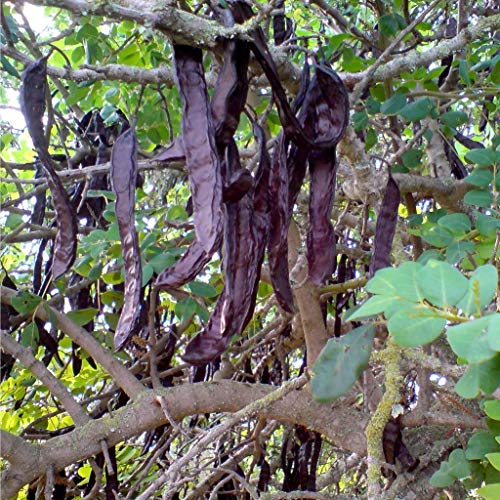
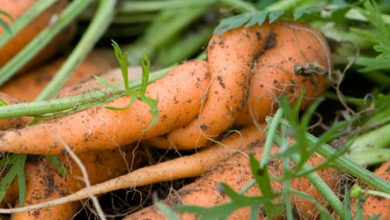

![Photo of Inflorescence: [Concept, Characteristics and Types]](https://www.complete-gardening.com/wp-content/uploads/2022/08/inflorescence-concept-characteristics-and-types-390x220.png)
![Photo of Lotus Flower: [Complete Guide to Plant and Care]](https://www.complete-gardening.com/wp-content/uploads/2022/08/lotus-flower-complete-guide-to-plant-and-care-390x220.jpg)